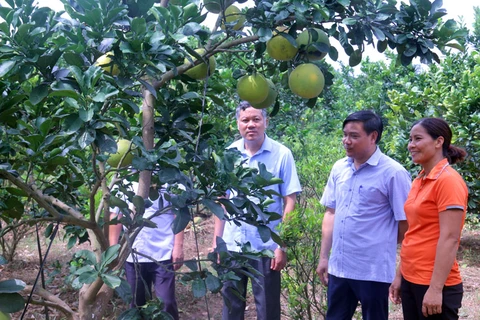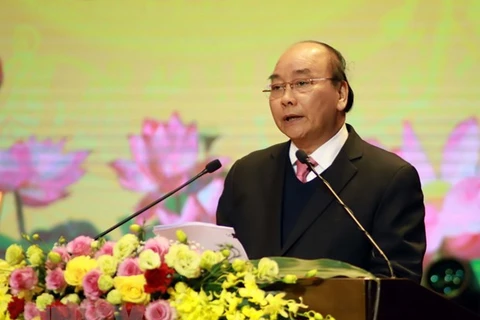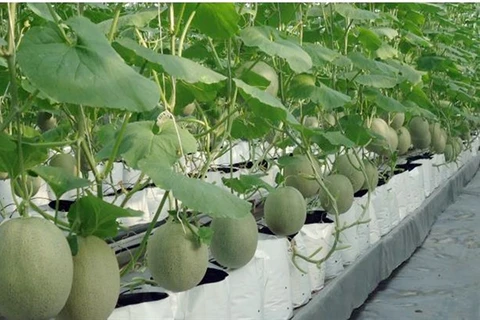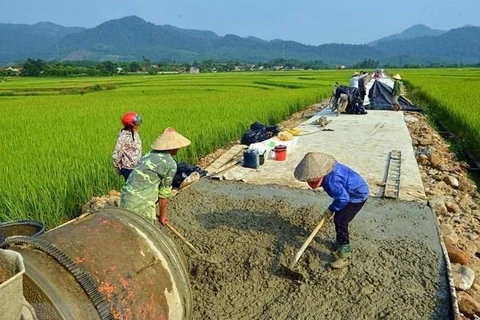Vinh Phuc (VNA) – Authorities in the northern province of Vinh Phuc have taken a host of measures to promote production along with accelerating economic restructuring in rural areas, aiming to meet its targets for the new-style rural area building programme.
Notably, improving local incomes is one of the key tasks to realise their goals.
A project on agriculture restructuring associated with changing rural labour structure in the direction of value chains has been implementing in the locality to enhance the added value of agricultural products and promote sustainable rural development.
The province has zoned out safe vegetable production areas covering 3,000 hectares, while planning livestock development in key areas and communes.
Policies to support agricultural development and attract businesses to invest in agricultural production have been implemented, while technological and scientific advances and machine-based solutions have been applied in the field.
Over 13,000 hectares of crops with high economic value such as pumpkin, tomato, cucumber, chayote and red dragon fruit have been formed. Meanwhile, large-scale concentrated breeding areas have been developed in Vinh Tuong, Lap Thach, Tam Dao, Yen Lac and Tam Duong districts.
Focus has been given to promoting the One Commune-One Product (OCOP) programme, with 13 herbal and food products registered as brands.
All 112 communes and four districts in Vinh Phuc have been recognised as new-style rural areas. The per capita income in rural areas stands at over 47 million VND (around 2,000 USD) per year.
The province is striving to have its city and districts recognised as new-style rural areas, of which at least one district will be certified as a model new-style rural locality.
It will also work towards the target of 50 percent of communes achieving advanced criteria for new-style rural areas, 15 percent of communes recognised as model new-style rural communes, and 30 percent of villages identified as model new-style rural villages./.

























